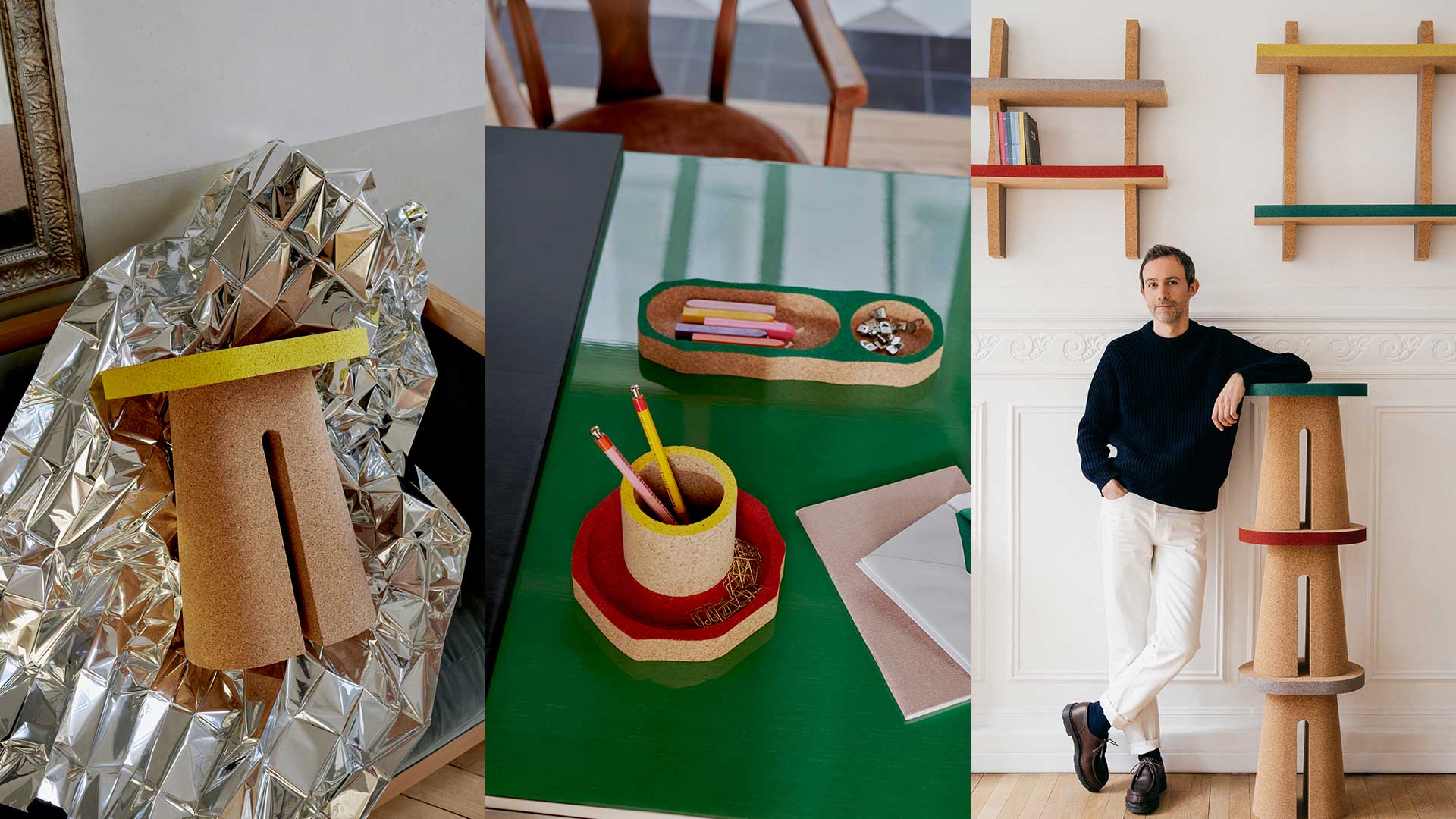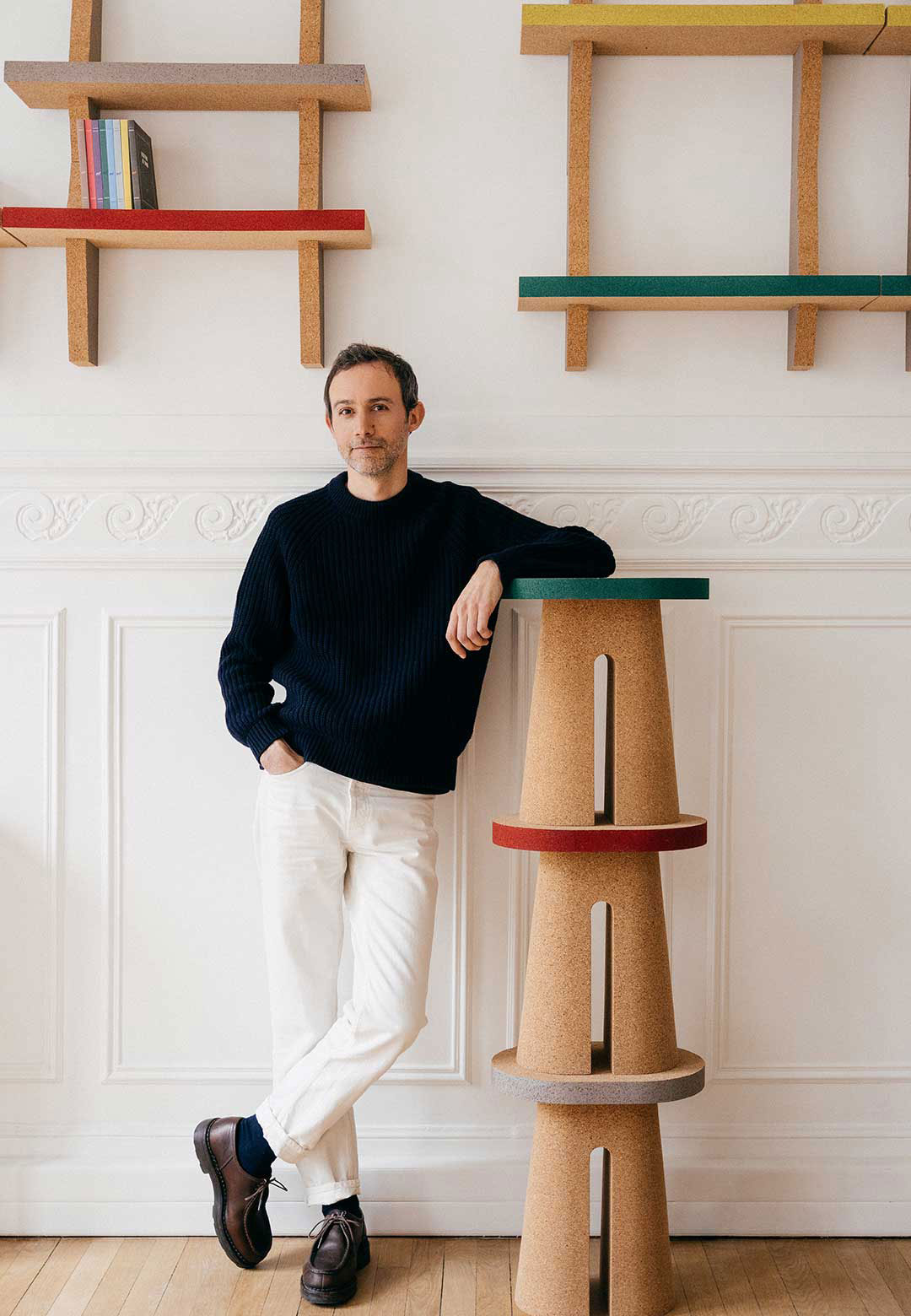French visual artist Henri Émile Benoît Matisse is regarded as one of the most influential painters of the 20th century. He spent his life experimenting with different artistic techniques—from Neo-Impressionist sceneries and boldly textured Fauvist portraits to the exploration of the visual language of Primitivism and African Art, and finally, the cut-out technique, which Matisse employed to create life-size murals. Having initially trained to become a notary clerk, Matisse chanced upon art by accident, during a period of convalescence in his early twenties. He claimed to have found his paradise in the act of using colours and shapes to express himself. Delineating his feelings, Matisse shared, “For me, it was Paradise found, a place where I was completely free, alone, quiet, tranquil.” Today, nearly seven decades since the passing away of the French artist, his legacy continues to live on, not only through the original body of work created by him but also through an array of contemporary art and design creations that are inspired by his works. An initiative, a practice, dedicated primarily to respectfully transmitting the richness of artistic creations by the artist, is Maison Matisse, in Paris, France. Founded by the great-grandson of Matisse, it intends to keep the artist’s legacy alive by inviting designers from varied creative and cultural backgrounds to envision contemporary creations that are interpretations of his work.
Maison Matisse has, in the past, collaborated with various renowned designers such as Cristina Celestino, Ronan Bouroullec and Erwan Bouroullec, Jaime Hayon, Formafantasma, Alessandro Mendini and Marta Bakowski. Continuing this tradition of collaboration, Maison Matisse recently invited French designer Guillaume Delvigne to build a collection of objects interpreting his ideas and understanding of the late painter. Delvigne, hence, created the Les Mille et Une collection, inspired by and named after Matisse’s 1950 stone lithograph and cut-out artwork.
The collection comprises furniture design and accessories, usable in workplaces, schools and homes. Some of the items in the product design collection include stools, shelves, trays, holders, and organisers made out of recycled cork, laser-cut in Portugal, and later hand painted. In using cork from the outer bark of the cork oak tree, minimum harm is done to the trees, hence ensuring their protection in particular and the sustainability of the cork oak forest at large. The cork used to build the pieces is extremely durable, rot-resistant and free from chemical processes.
Taking inspiration from the iconic Les Mille et Une artwork, the product designer recreates the impression of its original scissor-cut shapes against fields of colour—a game of positive and negative spaces, all in the same bright tones as the original. Shapes apparent in the artwork lead directly to the form of the objects making up the collection. While the oval shape visible on the right-hand corner of the painting can be observed in the shapes of the trays and stool tops, an organically shaped blue form inspires the shape of the pencil holder, and the segmented appearance of the artwork becomes apparent in the wall shelves.
Delvigne’s new forms are inspired by the colourful masses and vibrant storytelling panel of Les Mille et Une Nuits, combining the artist's freeform shapes with his own whimsically rounded geometries. He asserts, “I wanted all to appropriate some of the painter’s codes. To transcribe in my own way the sensations that the painting gave me, and to translate that emotion into pieces that for me are energetic, raw, and spontaneous. The result is a fine mix of this freedom, almost pure spontaneity, and the controlled shapes that I’m used to doing.”
Delvigne’s objects pair up in a game of colours, just like Matisse’s cut-out paintings, where differently shaped and coloured bits of paper would come together to form a vibrant composition. Pencil holders against stools, organiser trays against change trays, and shelves installed in a criss-cross pattern with gaps in between hint towards the myriad shapes Matisse would cut out and assemble to build an artwork. “It was really important for me that the lines were not rigid because that would not have been in the spirit of Matisse, and to instead create movement and make the collection dynamic,” shares Delvigne, delineating the features of the accessories collection, which draw cues from Matisse’s unique artistic style and are recreated in Delvigne’s characteristic fashion.






 Sign in with email
Sign in with email










What do you think?